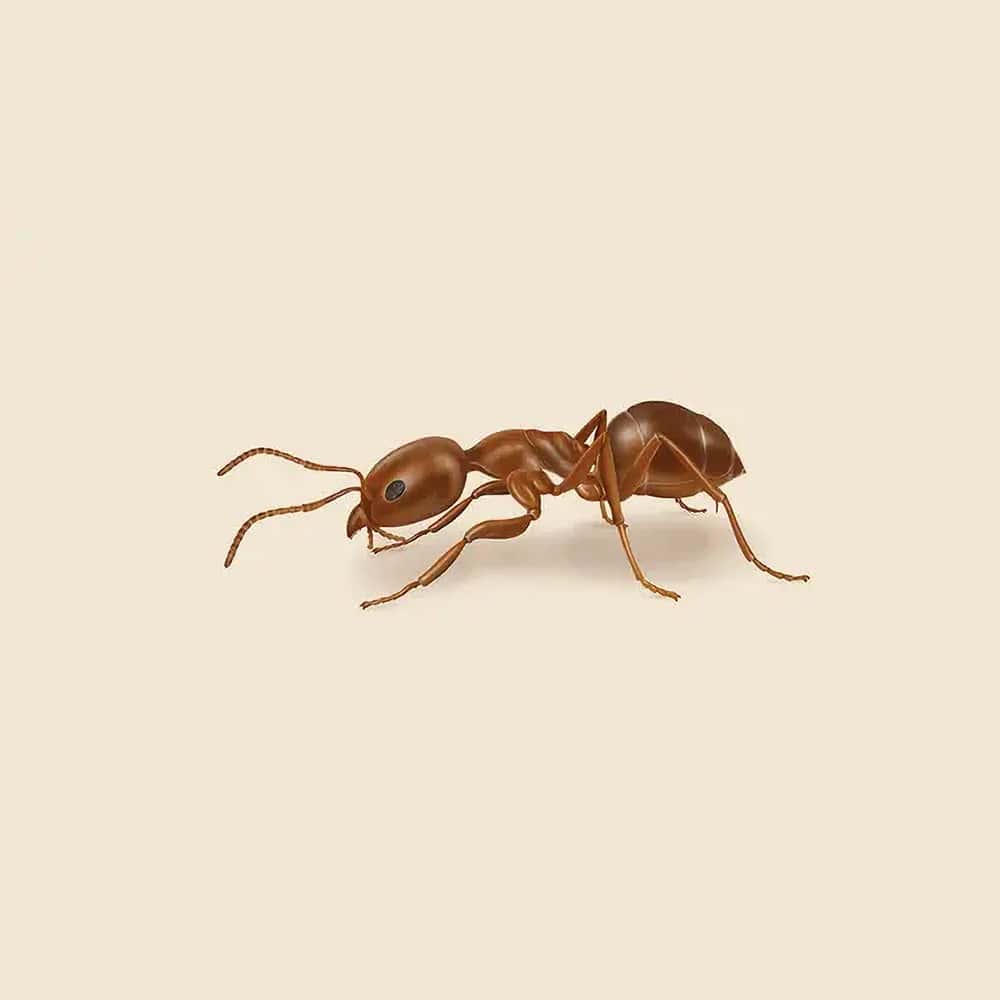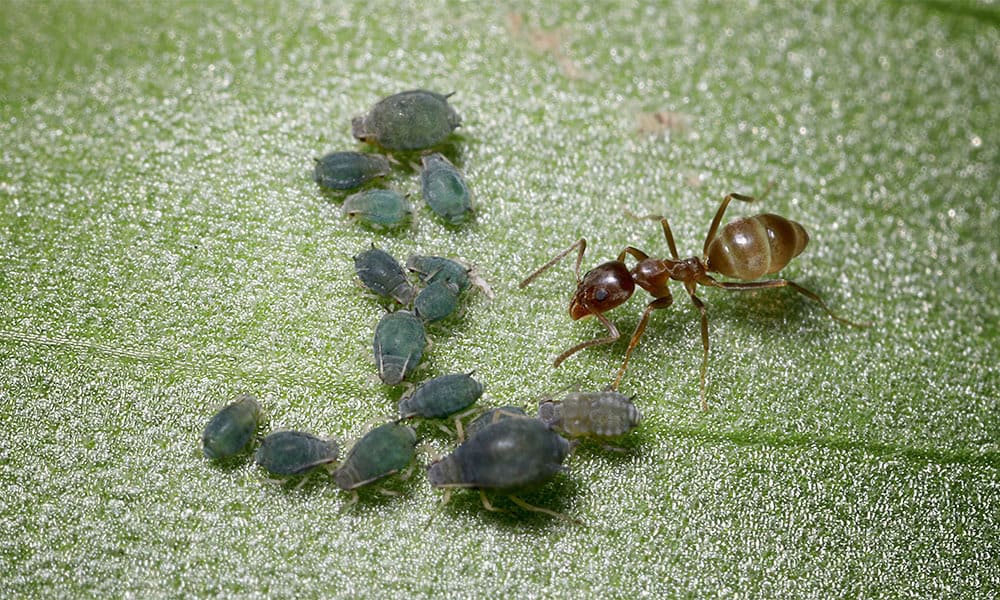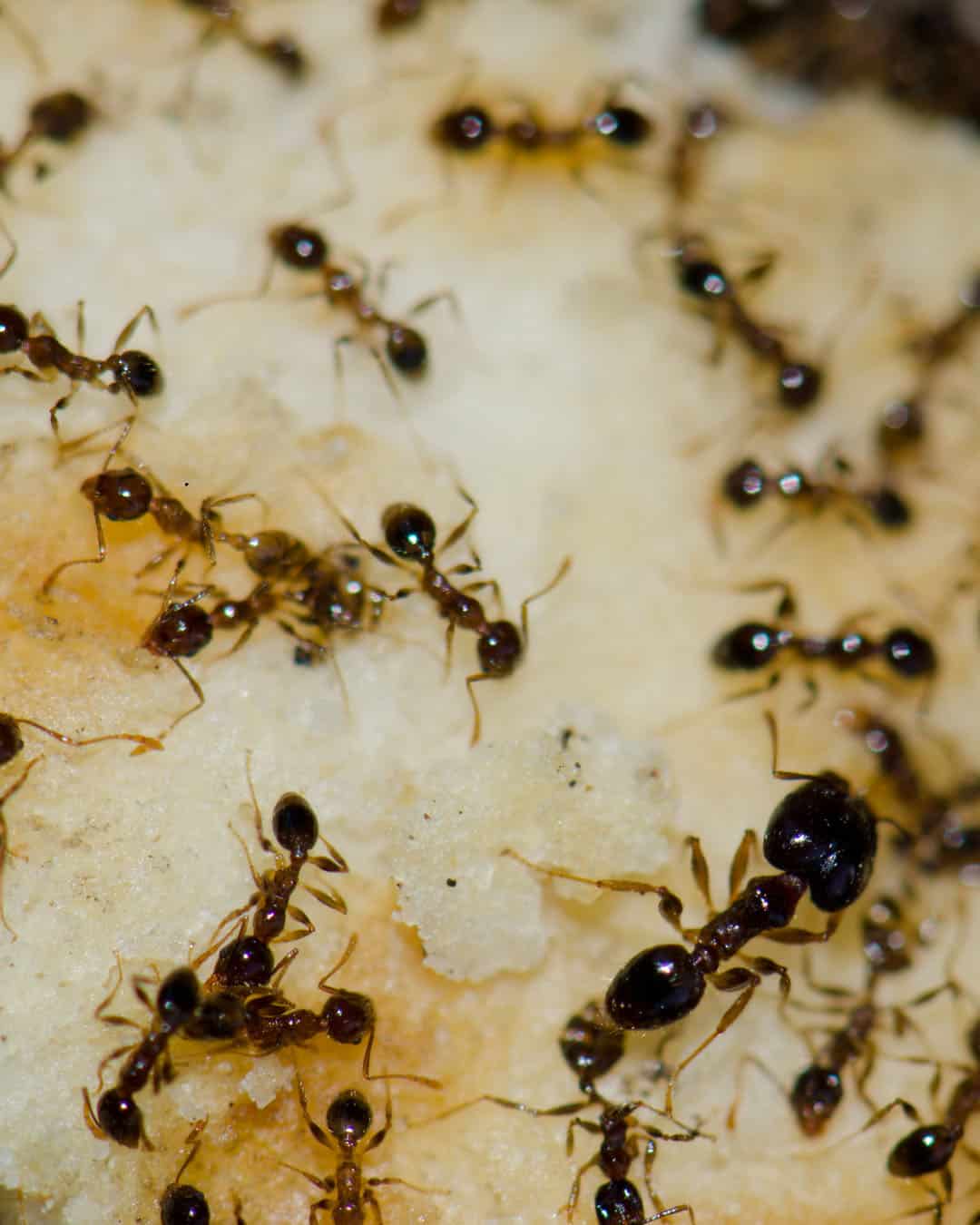Argentine Ant Facts & Information
Argentine ants, known for their large colony sizes and prolific foraging behavior, are invasive pests that can quickly become a nuisance when they invade homes and landscapes. These ants are attracted to sugary substances and can establish extensive networks of trails, often leading to food sources and water.

Linepithema Humile
What You Need To Know About Argentine Ants
What do Argentine ants look like?
Argentine ants are small, measuring about 1/8 inch in length. They are light to dark brown in color and have a smooth, shiny appearance. Unlike some ant species, they do not have a noticeable stinger.
What do Argentine ants eat?
Argentine ants are omnivorous and have a varied diet. They feed on sweets, proteins, and fats, often foraging for sugary substances like honeydew from aphids, household foods, and other insects.
What sort of habitat do Argentine ants live in?
Argentine ants prefer moist environments and are commonly found in urban areas, especially near water sources. They nest in soil, under debris, within buildings, and in potted plants. They thrive in a wide range of environments, from coastal regions to inland areas.
How do Argentine ants commonly behave?
Argentine ants are highly social and form large, interconnected colonies with multiple queens. They are known for their aggressive behavior toward other ant species and their ability to displace native ants. They create extensive foraging trails and can quickly invade homes in search of food.
Did you know this about Argentine ants?
Argentine ants are one of the world’s most invasive ant species, known for their ability to form “supercolonies” that can span large geographical areas. This behavior makes them difficult to control. They have a strong preference for sweet foods and are often found tending to aphids to harvest honeydew. Interestingly, their colonies can contain hundreds of thousands of workers and multiple queens, allowing them to rapidly recover from disturbances and spread their population.
Understanding Argentine Ant Infestations
Understanding Argentine ant infestations is crucial for effective management. These ants form supercolonies with multiple queens, allowing them to rapidly spread and dominate large areas. They are commonly found in urban and suburban environments, where they can displace native ant species and disrupt ecological balance. Their presence can lead to food contamination, damage to electrical equipment, and unsanitary conditions.

How Hearts Handles Argentine Ant Treatment
Hearts Pest Management employs an integrated pest management approach to handle Argentine ant infestations. Our process begins with a thorough inspection to identify entry points, nesting sites, and foraging trails. We then develop a customized treatment plan that may include baiting, barrier treatments, and habitat modification, ensuring the safety of your home and the surrounding environment.
Argentine Ants Inspection
Argentine Ants Treatment
Argentine Ants Prevention
Educational Resources

Think You Might Have a Argentine Ant Infestation?
At Hearts Pest Control, we understand the challenges associated with Argentine Ant infestations and are here to provide professional solutions tailored to your needs. Flourishing in warm and humid climates, they are prevalent in many regions, including San Diego County, Orange County, and Los Angeles County.